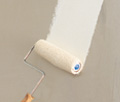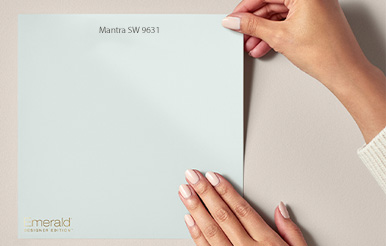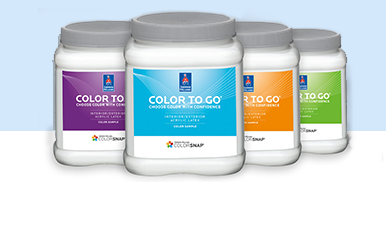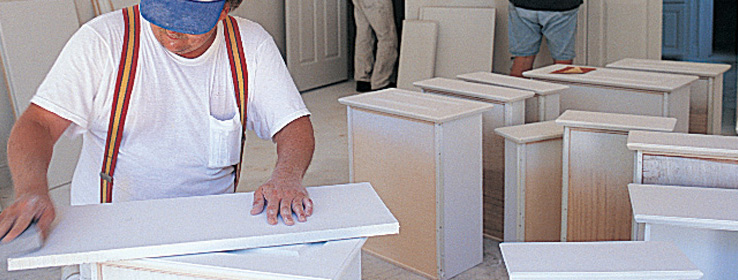Preparation. It's the key to good-looking, long-lasting results. A properly prepared surface is clean, solid and dry, without cracks and imperfections.
Warning! Removal of old paint by sanding, scraping or other means may generate dust or fumes that contain lead. Exposure to lead dust or fumes may cause brain damage or other adverse health effects, especially in children or pregnant women. Controlling exposure to lead or other hazardous substances requires the use of proper protective equipment, such as a properly fitted respirator (NIOSH approved) and proper containment and cleanup. For more information, call (in the U.S.) the National Lead Information Center at 1-800-424-LEAD or contact your local health authority.
Bare Wood
Easy-to-clean latex semi-gloss or gloss would be the best choice for the finished coat.
Fill nail holes, joints and cracks with patching paste.
Sand smooth and remove sanding dust with a tack cloth.
Prime all bare wood and patched areas with a primer.
New Plaster Walls
Latex is an excellent topcoat choice because it's easy to work with.
These must be clean and completely cured.
Textured or swirl types and soft, porous or powdery plaster must be:
- Treated with a solution of one pint household vinegar in one gallon of water.
- Repeat the treatment until the surface is hard.
- Rinse with plain water.
- Let dry and apply primer.
New Drywall
Latex is your best choice here.
Panels must be securely nailed or glued in place.
All panel joints must be taped and filled before painting.
When joint cement and/or patching materials are thoroughly dry, sand smooth, wipe away dust, then prime.
Wallpaper
Always remove wallpaper before painting. Use a chemical wallpaper remover or rent a steamer, if necessary.
Once the paper is removed, wash off old adhesive. Rinse with water and allow the wall to dry before priming.
Previously Painted Surfaces
Wash off dirt, grease, soap and oil buildup with the appropriate cleaner. Rinse thoroughly.
Remove loose paint and powdery substances.
Patch holes and cracks with spackling or patching compound. Allow to dry, then sand smooth.
For glossy or nonporous surfaces, lightly sand to a dull finish or use an abrasive cleanser.
Remove sanding dust or cleanser residue.
Make sure to prime all bare areas prior to applying topcoat. (Avoid "spot priming," which can result in a non-uniform appearance between primed and non-primed areas.)
Masonry, Concrete, Cement, Block
All new surfaces must be cured according to the supplier's recommendations- usually about 30 days.
Remove all form release and curing agents.
Rough surfaces can be filled to provide a smooth surface.
If painting cannot wait 30 days, allow the surface to cure 7 days and prime the surface with masonry primer.

Sherwin-Williams Primers
Explore our range of primers designed to meet the challenges of specific surfaces.
View Exterior Primers
View Interior Primers










